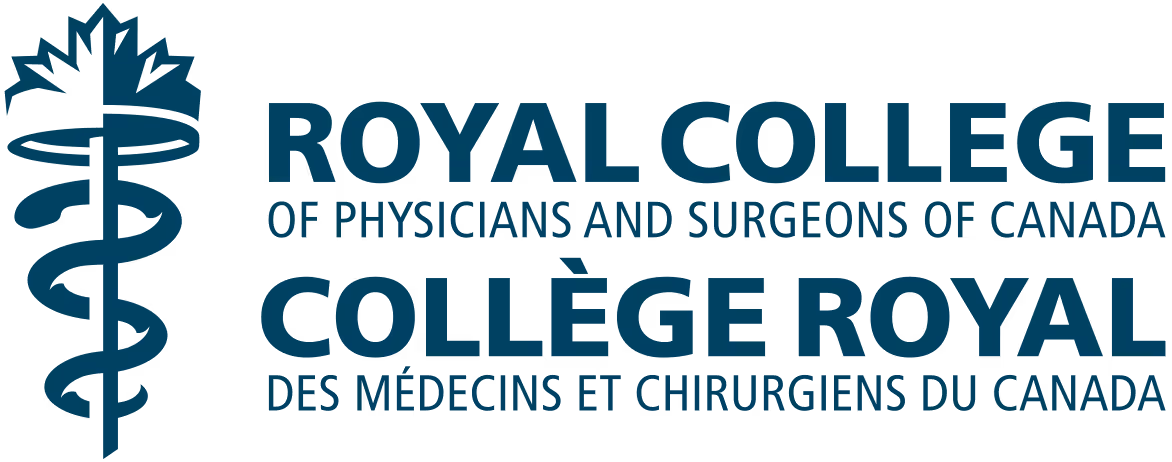Risk Factors and Causes of Squamous Cell Carcinoma
Most squamous cell carcinomas (SCC) develop as a result of long-term exposure to UV rays from the sun, tanning lamps, or tanning beds. However, SCC can form anywhere in the body where squamous cells are found, providing evidence that UV rays are not the sole cause of this type of skin cancer.
Other Risk Factors for Squamous Cell Carcinoma
While UV exposure is a major contributor, several other risk factors increase the likelihood of developing SCC:
- Radiation Therapy: Previous radiation treatments can increase skin cancer risk.
- Extremely Fair Skin: People with very fair skin who burn easily are more susceptible.
- History of Sunburns: Frequent or severe sunburns over time raise the risk.
- History of Precancerous Skin Lesions: Conditions like actinic keratosis can precede SCC.
- Weakened Immune System: Conditions or medications that lower immunity can increase risk.
- Rare Genetic Disorders: Disorders such as xeroderma pigmentosum heighten susceptibility due to DNA repair issues.
These risk factors may act alone or in combination to increase the likelihood of SCC development.
How Squamous Cell Carcinoma Occurs
The transformation of normal squamous cells into cancerous cells happens due to changes (mutations) in their DNA. These mutations most often occur in squamous cells found in the middle and outer layers of the skin, leading to:
- Uncontrolled Growth: The mutated cells multiply rapidly without the normal checks that keep cell division in balance.
- Impaired Death of Old Cells: Normally, old cells die and are replaced, but mutated squamous cells often continue to live, contributing to tumor formation.
- Invasion and Spread: If unchecked, these cancerous cells can invade surrounding tissues and potentially spread to other parts of the body.
Key Points to Understand
- DNA Mutations: Mutations can be caused by UV exposure, other environmental factors, or inherited genetic predispositions.
- Out-of-Control Growth: The mutations disrupt the normal cycle of cell death and replacement, leading to the accumulation of abnormal cells.
- Beyond UV Exposure: While sun exposure is a major cause, other factors such as radiation therapy and immune suppression play significant roles.
Why It Matters
Understanding the risk factors and mechanisms behind squamous cell carcinoma can help in:
- Prevention: By avoiding excessive UV exposure, using sun protection, and monitoring skin changes.
- Early Detection: Being aware of personal risk factors can prompt earlier screening and detection.
- Effective Treatment: Recognizing symptoms early allows for timely intervention, reducing complications.
If you have a high risk or notice any concerning changes in your skin, consult a medical professional for an evaluation. Early detection and treatment of squamous cell carcinoma significantly improve outcomes and reduce the risk of complications.





